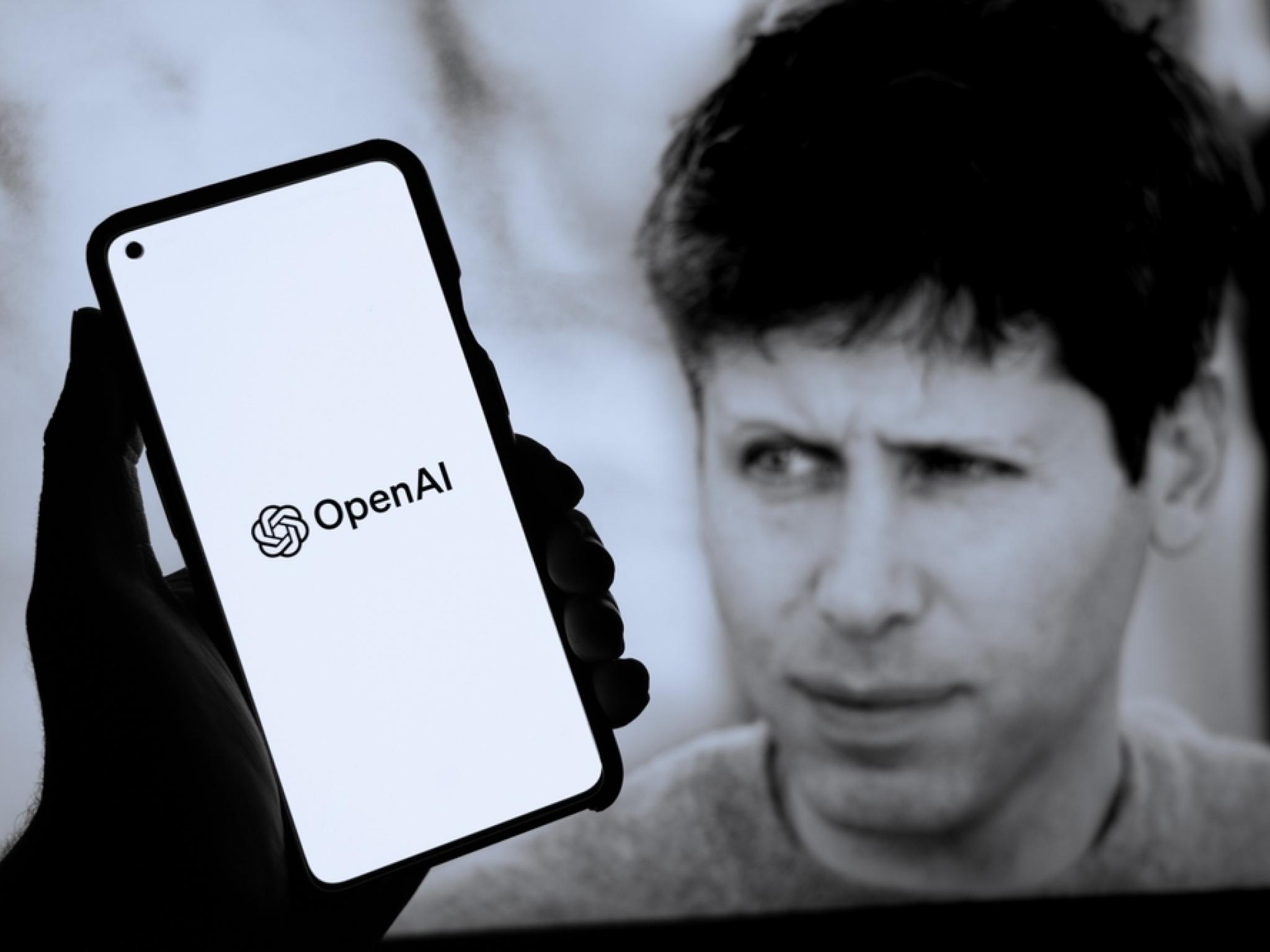Evaluation of OpenAI's Investments in Artificial Intelligence
OpenAI has secured an important place in the tech world with its significant investments in the field of artificial intelligence. However, are these investments sustainable? This year, OpenAI has attracted attention with infrastructure deals nearing $1 trillion. Particularly agreements with major companies like Nvidia (NVDA), AMD (AMD), Oracle (ORCL), and CoreWeave (CRWV) enable OpenAI to achieve over 20 gigawatts of computing power in the next decade. This capacity is equivalent to the energy produced by approximately 20 nuclear reactors.
Financial Sustainability and Challenges
But does OpenAI have sufficient revenue to cover these massive investments? OpenAI's annual revenue is around $12 billion, while building just one gigawatt of artificial intelligence data center can cost up to $50 billion. According to analysts' estimates, OpenAI is expected to incur about $10 billion in losses this year. Nevertheless, CEO Sam Altman does not see profitability as one of their top priorities, focusing instead on growth.
Aggressive Innovation and Investment Strategies
OpenAI's business strategy is shaped by an understanding that goes beyond the classic supplier-customer relationship. For example, Nvidia has made a $100 billion investment in OpenAI, turning it into a direct customer. Meanwhile, OpenAI sustains this loop by repurchasing Nvidia's chips. AMD, on the other hand, transitions into an investor position by offering share options to OpenAI contingent upon certain targets being met. These types of cross-investments create new opportunities for many organizations within the AI ecosystem.
Market Reactions and Economic Expectations
As part of the "Stargate" project with Oracle and SoftBank, a 10-gigawatt data center will be established in the U.S., with costs expected to reach $500 billion. Following the announcement of this project, Oracle's market value increased by $244 billion, while AMD shares rose by 24% in a single day. However, it is important to remember that these value increases are largely based on expectations. Confidence in the future economic value that OpenAI will generate sustains these rises, but also carries risks.
Financing and Future Expectations
OpenAI has raised $47 billion in capital over the past 12 months and has taken out a $4 billion bank loan. The company is also planning extensive new borrowing. Moody's has pointed to the credit risk posed by Oracle's revenue dependence on OpenAI's data center. OpenAI’s failure has the potential to affect not only its own future but the entire ecosystem as well. While Nvidia CEO Jensen Huang has stated that OpenAI lacks the necessary funds to build its own data centers, Altman has made more optimistic statements about the future.
In conclusion, OpenAI's investments represent a significant step towards building the future infrastructure of artificial intelligence. However, there are still many question marks regarding sustainability. If the use of artificial intelligence does not increase at the projected rate or energy costs rise, all these investments could quickly lose value.
⚖️ Yasal Uyarı:Bu içerik yatırım tavsiyesi niteliği taşımaz. Yatırımlarınızla ilgili kararlarınızı kendi araştırmalarınız ve risk profilinize göre almanız önerilir.
OpenAI, artificial intelligence, investment, sustainability, Nvidia, AMD, Oracle




















.png)